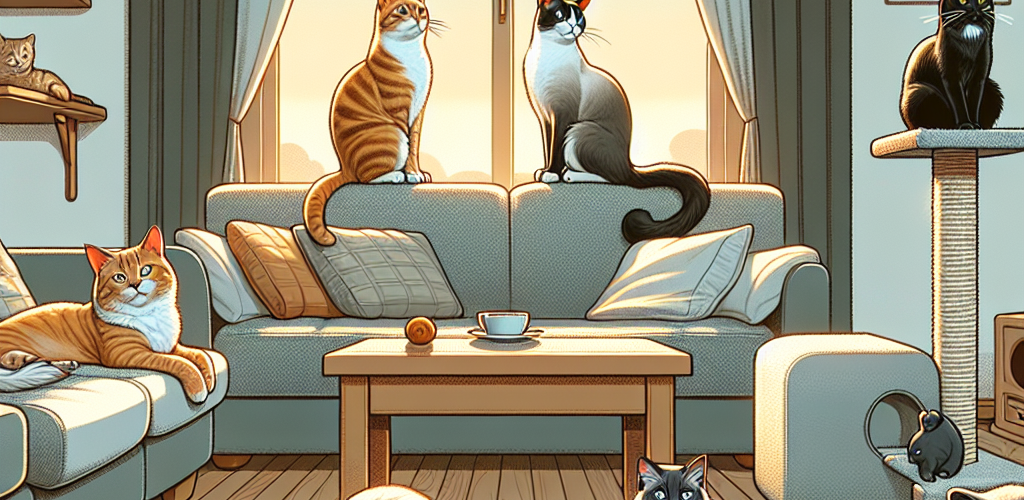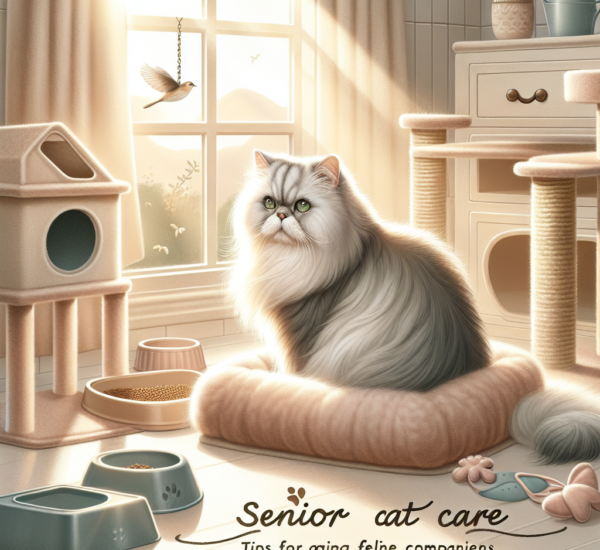Bringing multiple cats into your home can lead to an enriched environment full of companionship and joy. However, it’s essential to manage this dynamic carefully to prevent conflicts and ensure harmony. In this guide, you’ll discover tried-and-true strategies for nurturing a peaceful multi-cat household, rooted in cat psychology and expert advice.
The Importance of Cat Harmony
Harmony in a multi-cat household is not just about reducing stress; it also contributes to the overall health and well-being of your cats. Cats are territorial animals and conflicts can lead to stress, which may manifest in health issues or behavioral problems. Ensuring a peaceful coexistence can enhance their quality of life and your enjoyment as a pet owner.
Introducing New Cats to Each Other
Slow Introductions
A gradual introduction is key. Start by letting your cats get used to each other’s scent. Swap bedding or toys to mingle their scents gently.
Using Scent and Sound
Along with scent, sound is an important sensory tool. Let the new cat hear the resident cats from behind a door before they meet face-to-face. This approach, advocated by experts at the ASPCA, can help the newcomer adjust without the scare of visual confrontation.
Managing Territory and Resources
Litter Box Strategy
Provide each cat with its own litter box, plus one extra, to reduce territorial disputes. Ensure they are in accessible yet private areas—never confining them to one room.
Feeding Areas
Separate feeding stations are crucial to minimize theft and allow each cat to eat comfortably. An internal link to our detailed guide on feeding your cats properly can enhance your strategy.
Understanding Cat Behavior
Knowing the body language of your cats can prevent fights. Signs such as purring and slow blinking indicate contentment, while flattened ears and hissing are red flags.
Encouraging Positive Interactions
Shared playtime using interactive toys can create positive associations among cats. Clicker training, as suggested by Jackson Galaxy, can be an excellent method to reward calm behavior.
Setting Up Safe Zones
Ensure each cat has a “safe zone” where it can retreat undisturbed. This could be a perch or a room exclusive to the individual cat, ensuring they feel secure even in a multi-cat setting.
Implementing these strategies can create a harmonious living environment for your furry friends. For ongoing tips, subscribe to our newsletter and never miss an update on the best cat care practices.




